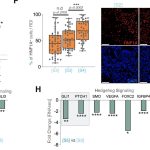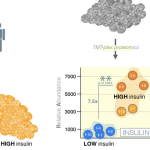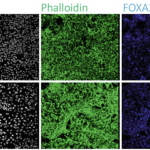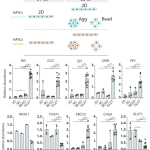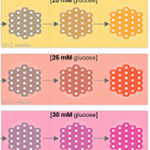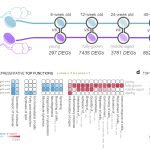
Here, Andreas built and analysed several timelines along the first year of life of different mouse models to understand how pancreatic endocrine islets are maturing and then age. By combining transgenic systems, global transcriptomics, pathway analysis, cell biology and physiology,…

